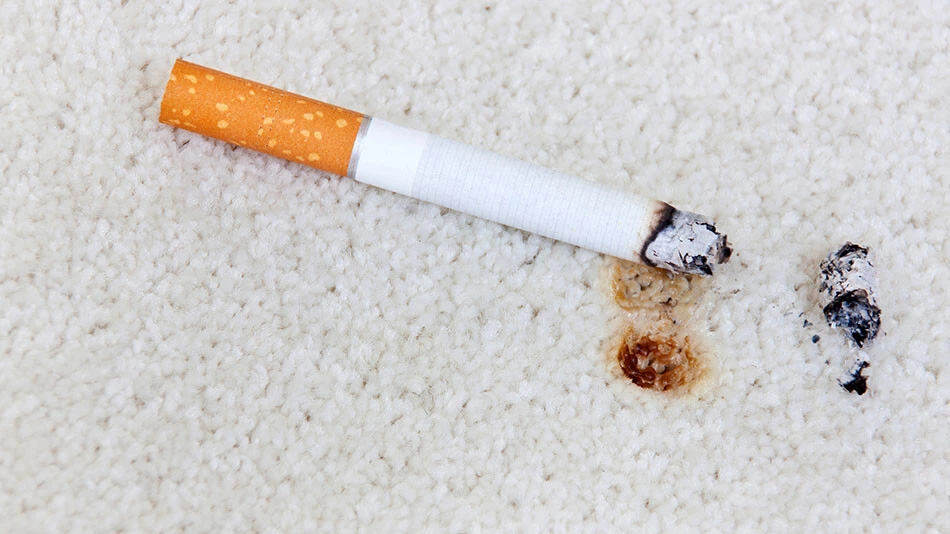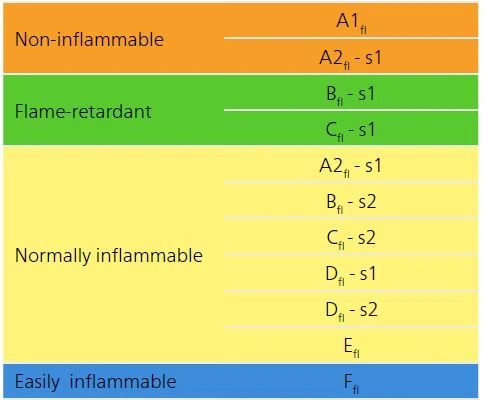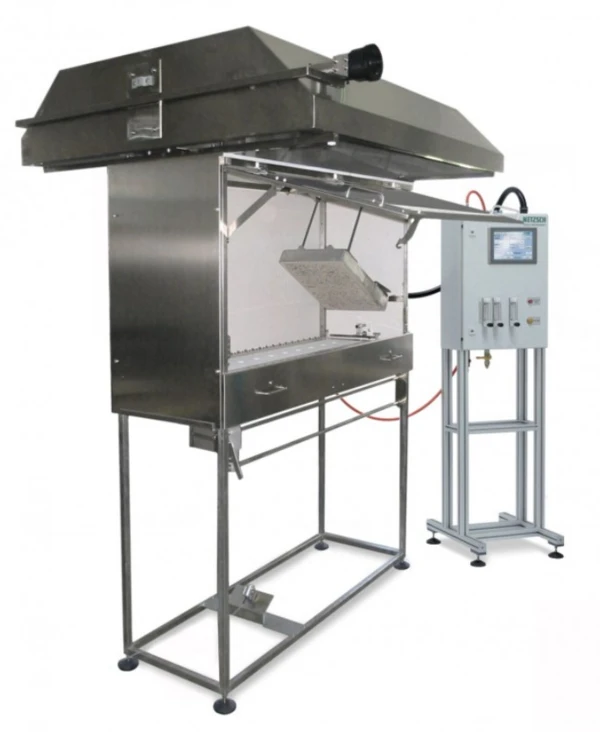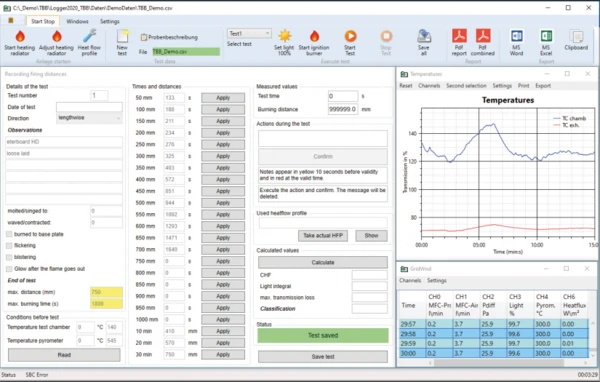
04.07.2022 by Aileen Sammler
TBB 913 – Fire Testing System for Floor Coverings
Ideally, fires should be directly prevented or the spread of flames should be contained as well as possible, for example, by using appropriate floor coverings. With the TBB 913 fire testing system for floor coverings by NETZSCH TAURUS Instruments, the fire behavior can be determined in order to classify floor coverings into the appropriate fire protection classes.
In protecting life and limb to the greatest extent possible in the event of a fire, the time factor from ignition to the arrival of emergency services plays a decisive role.

Particularly in public facilities like airports, hospitals, child-care centers, schools and hotels, but also in shipping, aviation and in the private sector, it is extremely important to comply with fire-protection requirements. For the building materials industry, the fire behavior in terms of flammability, flame spread and smoke development of the materials employed is of particular importance.
But how does one know whether the floor coverings employed meet fire-safety regulations? The DIN EN ISO 9239‐1 standard, which is valid throughout Europe, stipulates mandatory tests for the fire behavior of floor coverings along with the classification of fire properties. With the new TBB 913 fire testing system for floor coverings by NETZSCH TAURUS Instruments, the fire behavior can be determined in order to classify floor coverings into the appropriate fire protection classes.

Functional Principle of the TBB and Classification into Fire Classes
The TBB 913 is used to simulate typical fire scenarios, which can occur, for example, in long corridors in hotels and public facilities. A heat radiator in an inclined position generates the high thermal radiation energy on the flooring occurring in the event of a fire. The flooring specimen to be tested is laid out horizontally in the test chamber. The flame propagation distance, the smoke DensityThe mass density is defined as the ratio between mass and volume. density as a function of time and the critical thermal radiation are determined.
For tests that can be used for purposes of comparison and drawing conclusions, high reproducibility is required. The heat-flux profile needed for the specimen must be detected and precisely adhered to within narrow limitations in accordance with the standard.
For determination of the smoke gas DensityThe mass density is defined as the ratio between mass and volume. density, transmission measurements (TRDA) along with temperature and pressure loss measurements are necessary to detect the gas volume flow. The gas velocity in the flue gas exhaust is also measured and constantly adjusted via speed-controlled fans. All types of floor coverings, such as carpets, wood, cork or plastic coverings, can be tested.

Commercial and contract floor coverings employed in public or commercial buildings are tested in accordance with DIN EN ISO 9239‐1 and EN 13501‐1 for classification into the fire classes A1fl to Ffl. Floor coverings are considered flame-retardant if they meet with the requirements associated with the radiation test for fire classes Bfl and Cfl. For products used in private homes, class Efl is usually sufficient.
Intuitive Operation Based on Windows
The TBB 913 fire testing system operates via the “TBB Control” measurement and control unit. The integrated software serves for recording and processing the measured values and displaying the measurement results in various formats.

Further details can be found on our website at https://analyzing-testing.NETZSCH.com/en/products/fire-testing/tbb-913